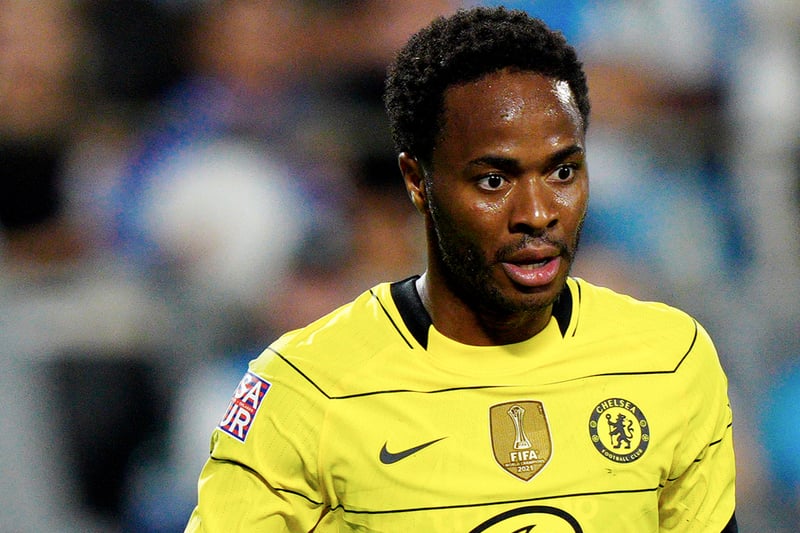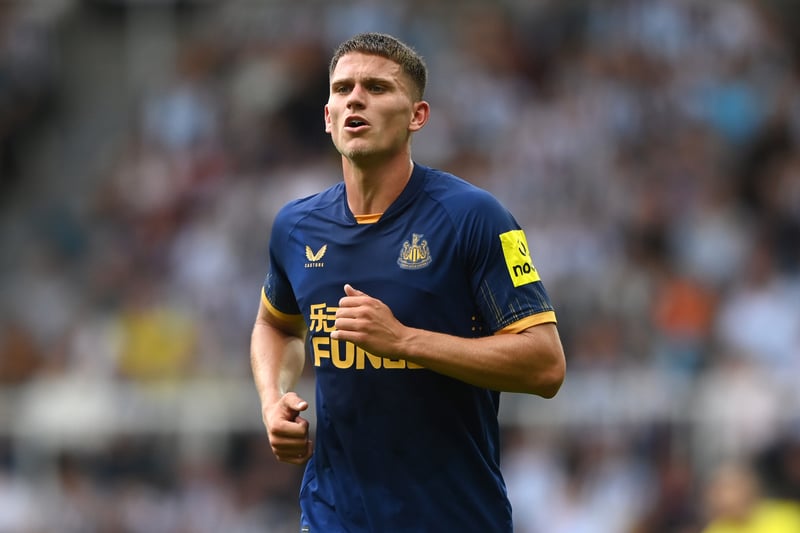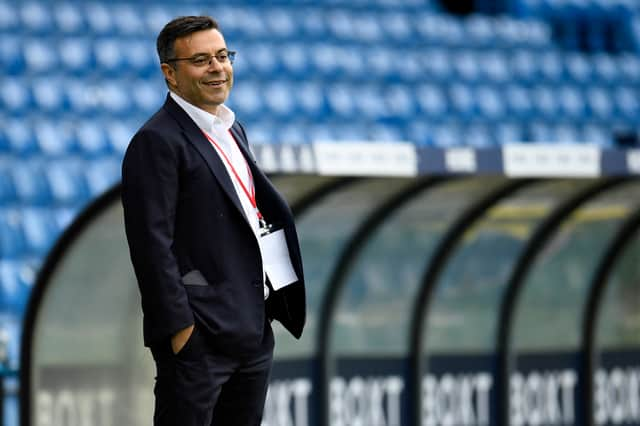Before the window even opened, United had committed funds to one of the most expensive arrivals in the club’s history, Brenden Aaronson.
Marsch was then reunited with more former players in Rasmus Kristensen and Tyler Adams as the American started the build a team for Premier League sucess.
Alongside Luis Sinisterra and Marc Roca, young prospects Sonny Perkins and Darko Gyabi were added to the roster - with potentially more players yet to arrive.
Thus far, the near-£100m spend has been covered by the big-money sales of Raphinha and Kalvin Phillips - but how does their net spend measure up to the other teams in the top flight?
Here we take a look at the expenditure-less-income of every Premier League team, ranked from biggest to smallest...

1. Arsenal, - £102.84m
The sales of Mattéo Guendouzi and Bernd Leno cover about a quarter of the fee the Gunners paid to Manchester City for Gabriel Jesus.

2. Chelsea, - £101.87m
All of the Blues’ outgoings have left on free transfers, while Todd Boehly’s club have just forked out £20m for 18-year-old Carney Chukwuemeka.

3. West Ham United, - £81.86m
The Hammers paid between €9m and €12m to make Alphone Areola’s loan switch permanent, while bringing in defender Nayef Aguerd and striker Gianluca Scamacca.

4. Nottingham Forest, - £80.7m
The newly-promoted side have netted £4.5m for the sale of their play-off hero, ‘keeper Brice Samba, while acquiring a stonking 11 new permanent additions.

5. Newcastle United, - £59.4m
Benchwarmer Dwight Gayle departed St James’ Park on a free, while the Magpies have paid close to £60m total for Nick Pope, Sven Botman and Matt Targett.

6. Tottenham Hotspur, -£57.29m
Spurs have offset the cost of some high-profile arrivals with the £28m sale of Steven Bergwijn but the combined cost of Djed Spence, Richarlison and Yves Bissouma exceeds £90m.

